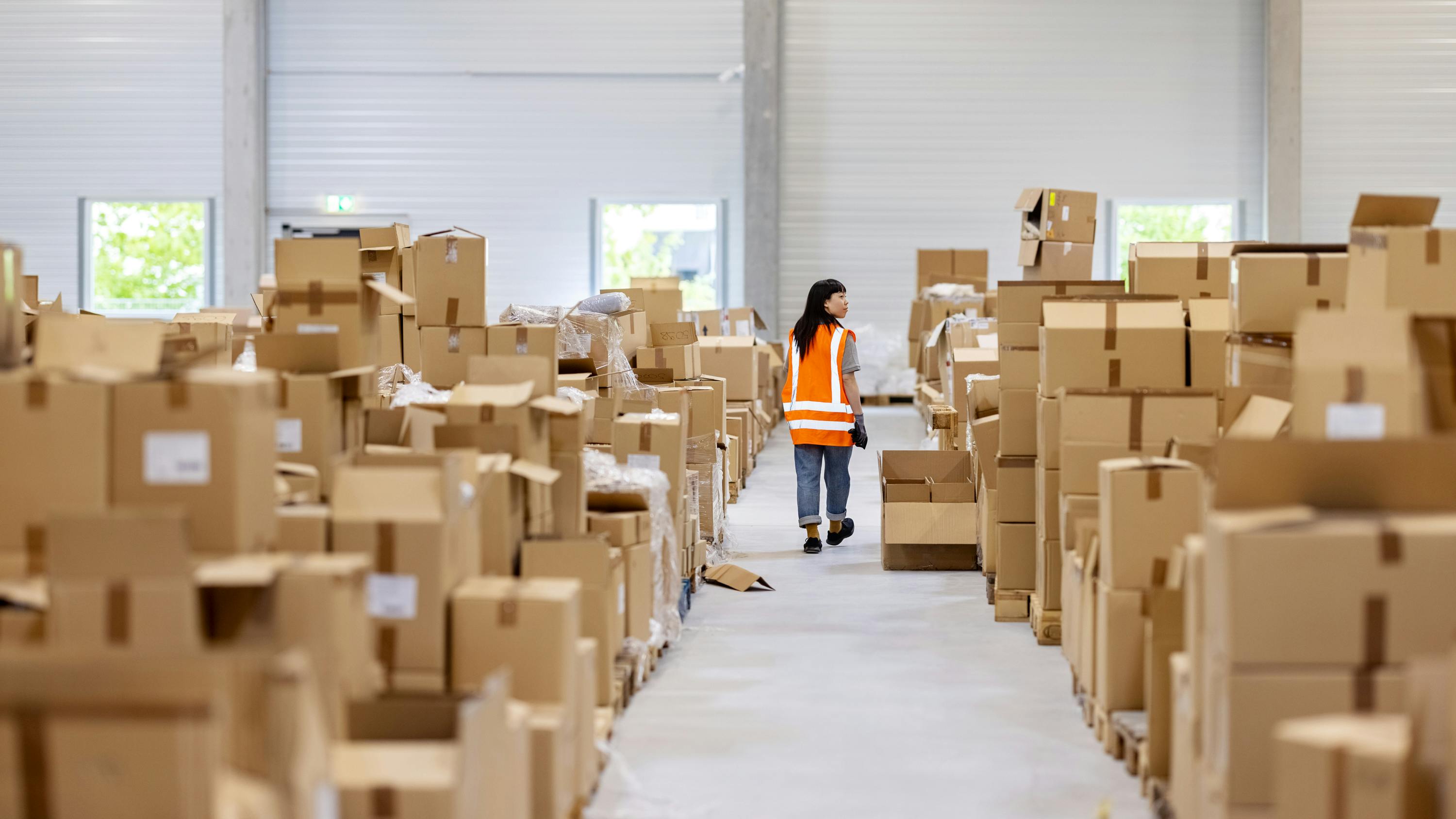
Fulfillment center: 5 ways to improve shipping efficiency
What does a fulfillment center do?
Fulfillment centers differ from distribution centers in that they don't distribute inventory; their sole purpose is to satisfy customer demand in B2B or B2C contexts. To take advantage of the boom in e-commerce, fulfillment centers must be scalable and respond to increases in demand with flexibility and agility. They also need to function at top efficiency to maximize customer satisfaction.
Fulfillment centers don't generate profit - they are pure cost units where transportation and labor are the two biggest expenses that erode the profit margins of a company. Therefore, the best way to reduce fulfillment costs is to improve margins.
Here are five considerations for improving fulfillment center efficiency:
1. Planning is the key
Planning is critical, but it only works if you have accurate data. It's essential to analyze past performance by individual items and use that historical data to estimate capacity for that hour, day, or week. Without these KPIs, you can't make informed decisions about process flow and order fulfillment.
2. What goes in must come out
That means commissioning should be equivalent to packing (input vs. output). Calculate the state of the package queue in minutes, with 30 minutes being the lower control limit and 60 minutes being the upper control limit. This will ensure that unscheduled steps, which lead to significant efficiency losses, are minimized. If this process falters, you lose efficiency and have to make up for those costs somewhere else.
3. Increase the output
There are only three ways to increase output. When efficiency dwindles, so does production (output) relative to planned capacity. The only way to increase output is to add labor hours and to speed up processing.
Faster processing is the most attractive solution but it is also the most complex and error-prone. Before you can innovate, it's important to learn the basics of shift scheduling and execution. Only then can you generate profits by keeping your employees working and managing downtime. Look to your employees for ideas on how to improve your operations. After all, who knows better what processes need improvement than the very people who perform those functions every day?
4. Always have a plan B
Predictive accuracy is hard to achieve. Significant variability in available labor can lead to inefficiencies and capacity shortfalls. You will need to plan the lower and upper limits of your forecast based on the size of your operation and the degree of variability.
For example, if your daily/weekly forecast accuracy is between +/-10 percent, you should have a plan to achieve between 90 and up to 110 percent of your forecast. In doing so, you should ensure that your operations team can execute these forecasts seamlessly. Solutions include temporary staffing, variable shift schedules, part-time schedules, voluntary time off, and investing in projects for longer-term strategic deployments. Ultimately, you need to have a plan for these variations and hold your team accountable for the execution of the plans.
5. Shipping optimization
You should always optimize shipping to understand what adds value and what doesn't. Think of any process that doesn't generate shipment volume as an indirect cost. Productivity calculations should be based solely on order volume; that is, the true measure of production and cost. So, you can either produce more or invest less money in unproductive process paths that only support order shipping.
Fulfillment centers in a nutshell: the efficiency-innovation cycle
In a nutshell, to increase the efficiency of a fulfillment center, you need to master the basics. When you spend less to produce more, you have the opportunity to innovate by freeing up capital you would otherwise spend on production. However, efficiency engenders innovation, which engenders efficiency; this is a cycle that can continually evolve.
Copyright © 2023 MOODJA GmbH.